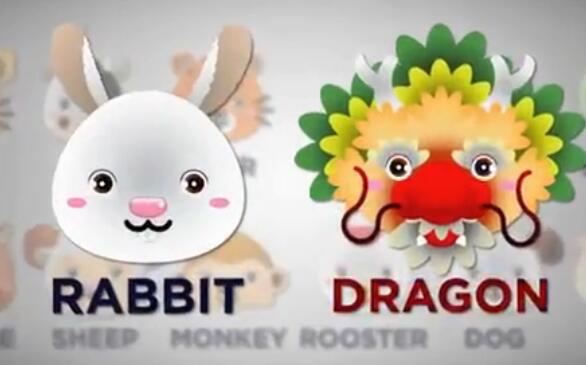Every winter, a sixth of the world's population, including more than one billion Chinese citizens, celebrate Chinese New Year. The 15-day festival, also known as Lunar New Year or the Spring Festival, kicks off on the second new moon after the winter solstice, or according to the Gregorian calendar in use since the 16th century, sometime between January 21 and February 19. But Chinese New Year goes back a lot further than the 16th century—it's based on the ancient Chinese calendar, which existed as early as the 14th century BC. Even though China adopted the Western calendar in 1912 and began marking January 1 as the official start of the year, Chinese New Year remains the country's most important social and economic holiday.

Over the centuries, holiday festivities have spread far beyond China and now take place all over the world. In fact, the biggest celebration outside of China takes place in the United States—San Francisco to be exact. Ever since the Gold Rush in the 1840s and '50s brought an influx of Chinese immigrant workers to Northern California, the city has held a massive parade for Chinese New Year.
According to Chinese tradition, each year is named for one of the 12 animals associated with the Chinese zodiac. Two of those animals, the dragon and the rabbit, are particularly important to Chinese New Year. You'll see dragons everywhere, because the Chinese are said to have descended from the mythical creature. And on the 15th day of the New Year, known as the Festival of Lanterns, many people display paper lanterns in the shape of rabbits. These symbolize a Chinese goddess named Chang'e, who is said to have brought a rabbit along with her when she jumped on the moon.












